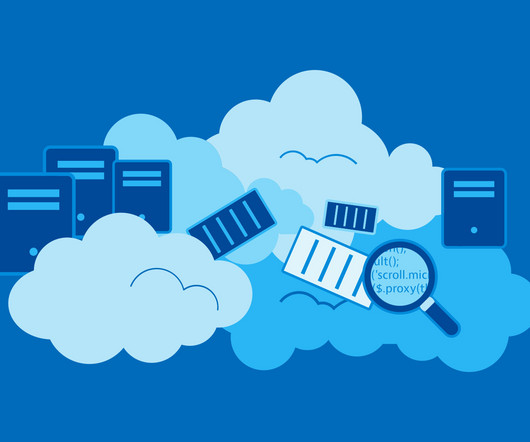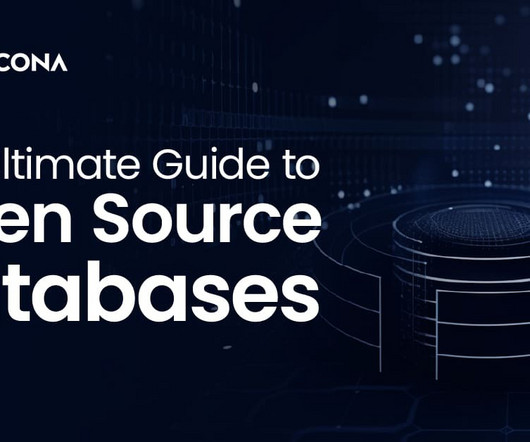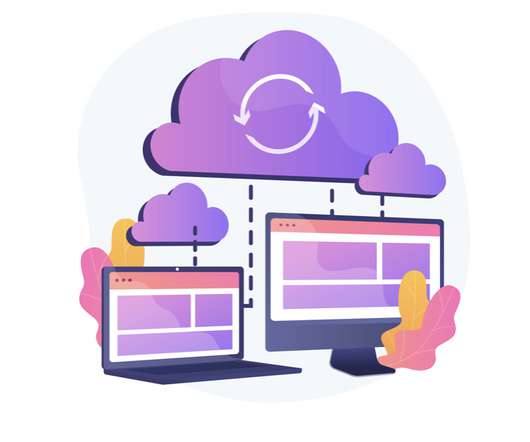What is IT operations analytics? Extract more data insights from more sources
Dynatrace
MAY 1, 2023
With 99% of organizations using multicloud environments , effectively monitoring cloud operations with AI-driven analytics and automation is critical. IT operations analytics (ITOA) with artificial intelligence (AI) capabilities supports faster cloud deployment of digital products and services and trusted business insights.





























Let's personalize your content